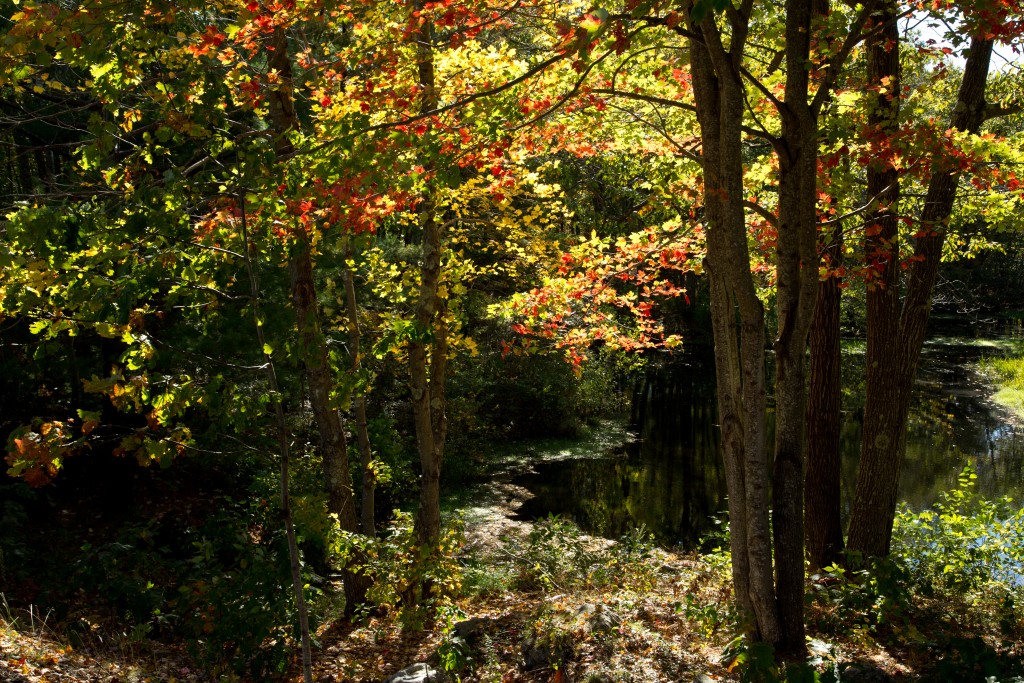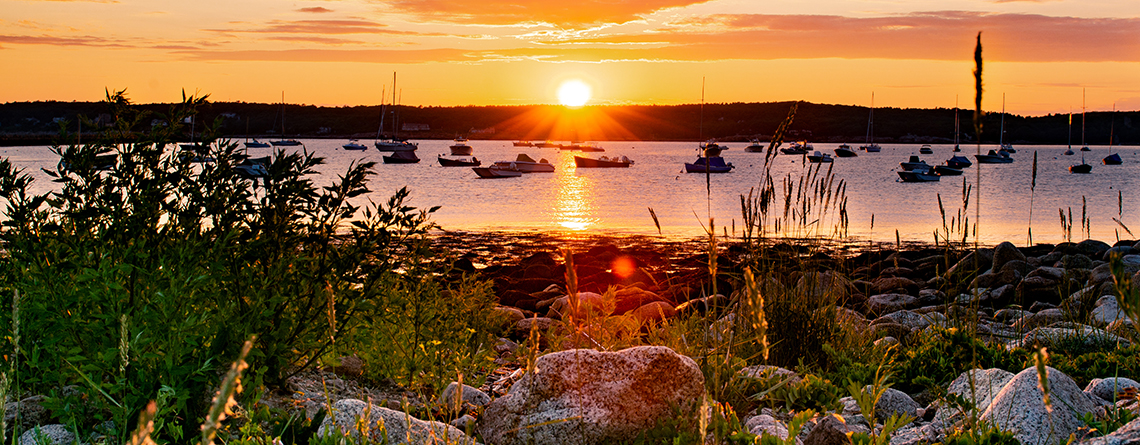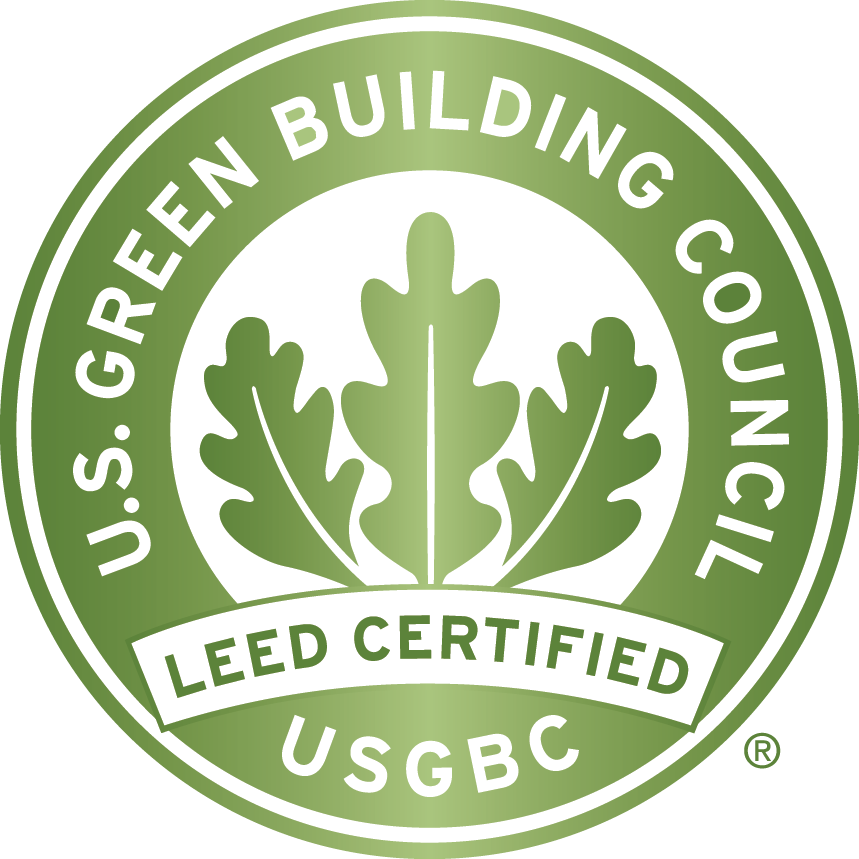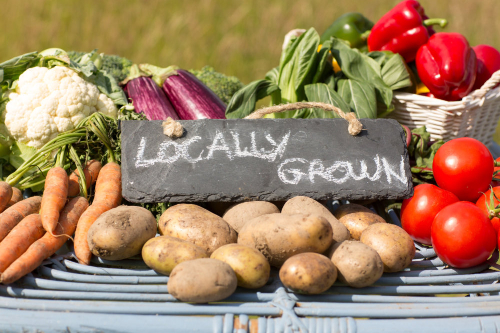UNE Parkhurst Dining Needs You!
For those of you who are current UNE students that eat in the dining hall on the Biddeford Campus, you all know by now that Parkhurst has made the obligatory decision to return to the use of disposable dishware, cups, and utensils. If you are not sure of the reason, it is because UNE Parkhurst is extremely understaffed to the point where they are unable to keep up with washing all of the dishes that have been used in the dining hall each day.
Although Parkhurst has not specifically reached out to me to request this, I wanted to take the opportunity to share the dishwasher job posting they have available. If you are interested in earning $15/hour, look no further! UNE Parkhurst has stated that they are paying dishwashers starting at $15/hour!
If you are not interested in dishwashing, but still interested in helping out, check out the 7 other available positions at the dining hall on their Student Workforce website: https://unedining.catertrax.com/shopportal.asp?pageid=135&intOrderID=&intCustomerID=.

All you have to do is text “Parkhurst” to 85000 or apply at parkhurstsmiles.com!
I understand that we are all busy college students, and maybe you have a different job and cannot take the workload of an extra, that’s okay! Just spread the word and be considerate towards your Parkhurst staff.
The last thing Parkhurst wanted to do was bring back disposable items, considering their environmental impacts, but they ultimately had to make the decision best for as many parties as they could. They simply don’t have a staff big enough to ensure that dishes are cleaned.
Implications of This Disposable Switch
UNE’s dining hall finally emerged from the depths of COVID-19 disposable waste, just to be met with another problem introducing this need: a need that causes negative impacts on the environment.
UNE has an amazing recycling system that allows for us to recycle certain materials that would otherwise not be recyclable at other companies; however, not everything can effectively avoid a landfill. Since the rise in the use of disposable containers engulfed the country, single-use food packaging has been swamping our landfills more than ever before. Slowly but surely we are returning to our old ways, but some issues are still capable of rising and causing the same problems as we see now in our own UNE dining hall.
Usually, the solution to issues such as those outside of our campus is difficult for the average consumer. When bringing home a food container from a restaurant, the container is less likely to be recycled or composted properly since we may not have simple access to the proper channels or we are simply too lazy to educate ourselves on how to accurately/sustainably dispose of these items. Thankfully, there is a very simple solution to this problem at UNE, which I have stated above.
Join the team! I’m sure you all know just how kind and amazing all of Parkhurst’s staff are from just eating your meals there. It would be a great environment for you to work in, plus you get to help yourself out with extra money and help the environment out as well.














 so they obviously wanted to choose a sustainable option for waste in the kitchens during the pandemic; however, it was not the safest option for students, staff, and faculty. They ended up having to make the tough decision of removing ceramic dishes and metal cutlery and replacing it with aluminum dishes with aluminum foil coverings, plastic silverware, and paper cups. This luckily meant their water use would decrease since they no longer had to wash diner-used dishes; however, the plastic, paper, and aluminum waste was – in my opinion – extremely detrimental. The total amount of waste disposed is an incalculable number.
so they obviously wanted to choose a sustainable option for waste in the kitchens during the pandemic; however, it was not the safest option for students, staff, and faculty. They ended up having to make the tough decision of removing ceramic dishes and metal cutlery and replacing it with aluminum dishes with aluminum foil coverings, plastic silverware, and paper cups. This luckily meant their water use would decrease since they no longer had to wash diner-used dishes; however, the plastic, paper, and aluminum waste was – in my opinion – extremely detrimental. The total amount of waste disposed is an incalculable number. 





